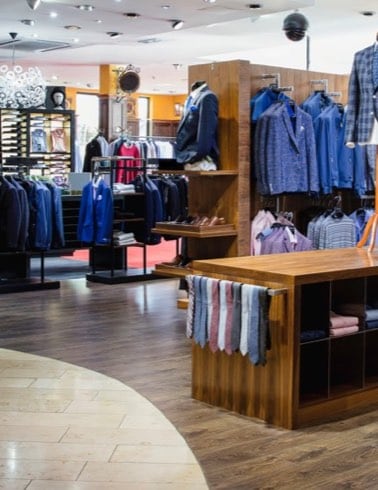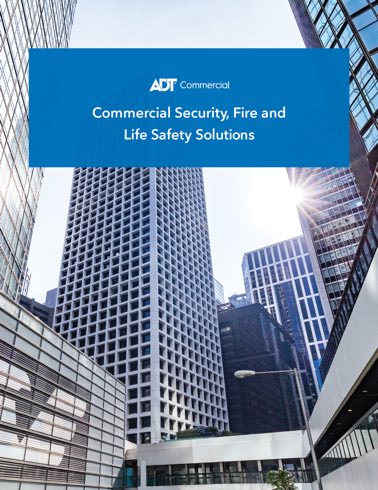The right tag
EAS hard tags come in a variety of shapes, sizes and purposes from those developed specifically for clothing, shoes, handbags and sunglasses to others that fit atop liquor bottles and benefit denial devices, like ink tags, that will damage or destroy an item if forcibly removed. Some of the newest EAS tags target specific high-value and high-theft merchandise, like electronics.
Advanced EAS security tags
Advanced EAS security tags for boxed goods allow retailers to stack multiple boxes on the shelf without obscuring the packaging’s marketing value. An adhesive backed holder is attached to the item, arming the EAS box with the flip of a switch after it to slides into the carrier. Once applied and armed, the tag is able to detect illicit tampering or removal and will self-alarm if illegally detached or if it passes through the store’s EAS detection pedestals before removal.
Self-alarming EAS tags
Self-alarming tags using infrared (IR) technology can provide theft protection for small or difficult-to-tag items, like health and beauty products, sunglasses and delicate clothing, fragrances and sporting goods.
Remote tuning
To be an effective deterrent against shoplifting, an EAS system has to work properly. If an issue with the system arises, seamless correction is a must.
More retailers are relying on Wi-Fi remote tuning for EAS systems as an innovative and cost-effective way to reduce on-site service visits. When you place a service call, the technician can remotely log in to your system to diagnose and, in most cases, remotely reconfigure your system so it performs at its peak.
If an issue with the system arises,
seamless correction is a must.
Concealed antenna systems
Consumers returning to brick-and-mortar locations say they are looking for retail experiences that provide them with a sense of safety, comfort and security that does not feel intrusive. For luxury brands, aesthetics and lifestyle continue to be highly valued among shoppers who want to indulge in experiences that instill feelings of joy, happiness, familiarity and openness.
Several higher-end retailers are implementing concealed EAS systems to be less prominent at store entrances without sacrificing security. Luxurious, wide entrances enhance a retailer’s exterior display area and are more welcoming to customers while also offering robust anti-theft technology and reduced nuisance alarms. The more advanced concealed EAS systems are made to work with smaller, unobtrusive EAS tags often preferred by high fashion retailers.
Cost versus savings
EAS systems have earned a solid reputation for simplicity and effectiveness to protect against theft of individual items. After installing a system, retailers report a 60-to-80 percent reduction in theft.* If properly maintained, systems typically last 10-15 years with minimal downtime, and some systems can last more than 15 years.
* Schulz, David P. “High-Tech Electronic Article Surveillance Tags Preclude Theft.” NRF, National Retail Federation, 1 Dec. 2016, nrf.com/blog/high-tech-electronic-article-surveillance-tags-preclude-theft.
Any cost benefit comparison must take into account the cost of stock losses due to theft weighed against the initial and ongoing expenditures of a system.
For many store owners, the investment in operating and maintaining an EAS system is far less expensive than the ongoing cost of theft that can have wide-ranging impacts on the business. Not only does theft account for lost sales, but can also erode customer loyalty when legitimate customers go elsewhere for better product selection because stolen products are no longer on store shelves. As a result, EAS systems guarantee that companies’ products will be effectively protected against any threats of theft that may pose a risk to their retail spaces.

Let’s start a conversation
We make it easy to switch providers, and our onboarding process is predictable, dependable and painless.





